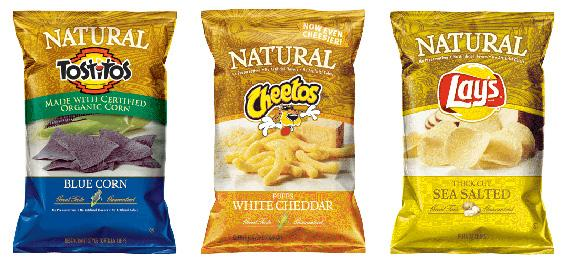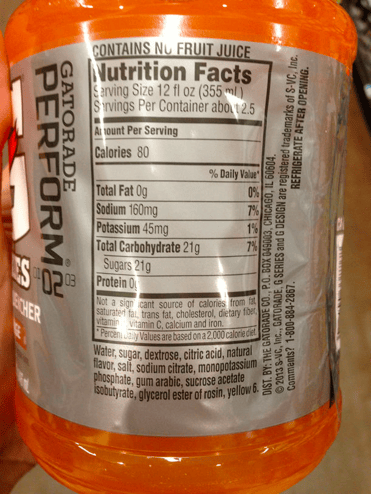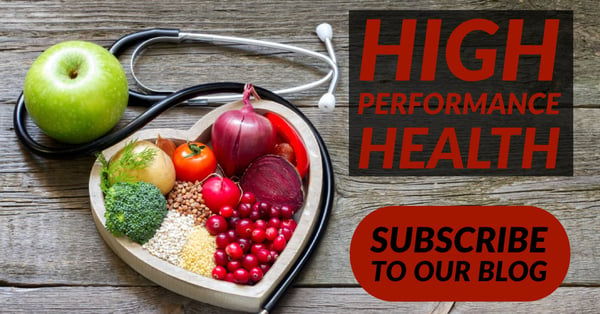
When people first aim to start eating healthier, they almost always start with the notion that they need to begin reading the labels and packages of the foods that they are about to consume.
Because if the package eases some of your worry or anxiety by telling you right there on the label that it is okay to consume, why should we question that, right?
But, in reality, the irony of having to rely on the packaging for assurance is a bit oxymoronic in the first place. Because the healthiest, or least processed, foods often don’t contain wrappers or packaging to begin with.
Yet, this is the entire reason that the packaged item manufacturers have to remain so cunning and sly with their marketing. If not, you’d be spooked immediately and head to the perimeter of the grocery store where it is safest anyway.
So, what are some of these mischievous packaging ploys?
1. Riding the latest, most popular food hype.
We have all seen how redundant these claims can be:
"Gluten-Free Steak”
“Cholesterol-Free Fruit”
“Vegan Coconut Water”
Every single one of these reek of ridiculousness. Yet, we hear these terms so much, that the food industry knows that we are more likely to buy the product if it says how healthy it is right there on the label.
2. Fortifying their products with healthy ingredients.
Since most of their products are processed to the tenth degree, the majority of food manufacturers feel obligated to let you know that they have added back the vitamins and minerals that were lost. Or, taken a step further, that they have added in macro and micronutrients that weren’t there in the first place.
Adding “high protein” to a snack bar or cereal whose carbohydrate and sugar content outweighs any benefit of the protein.
Fortifying milk with DHA and Omega 3’s.
Or, adding probiotics to processed carb snacks. (Which is an extremely ineffective way of inoculating the gut microbiome.)
3. Classifying that the product is “All Natural”
First of all, the FDA doesn’t even have a definition for the term “All Natural.” Think about that for a moment.
And just for fun, take a look next time that you are shopping at some of the products that the label and box claim to be all natural.

Mmmm. Takes me back to when we were kids and our grandparents would pick us up on their shoulders so that we could pick the ripened, all natural Lay’s potato chips and Cheetos fresh from the Cheeto Tree.
4. “Fat Free”
I shouldn’t have to go into much detail here, but the only advice I can give is that if a product has to label that it is "Fat Free”, then you should:
- Not even touch the product with your bare hands. (You never know what chemicals they used to remove the fat)
- Update the food manufacturer that no one fears high fat foods anymore.
Two birds with one stone. Boom!
5. Cereal that helps reduce cholesterol.
No, just no. I haven’t had one client that still eats cereal and milk and has seen their cholesterol and triglycerides decrease. Not one.
Why might that be?
It could be that processed cereal and dairy tends to raise insulin levels through the roof which increases the liver’s production of cholesterol and triglycerides. But what Cheerio’s has done is take data that shows that plant fiber has been shown to reduce circulating levels of cholesterol due to the fiber’s ability to bind to cholesterol in the intestines there by expediting its excretion.
Is this true?
You bet.
But only for plant fiber from the plant. Not from plant fiber that has been wrapped around processed starch and sugar.

Sorry, Buzz.
That bee is so darn cinfident, too. It’s a shame.
6. Multigrain
Don’t be fooled by this either. I have personally witnessed plenty of clients attempt to switch their grains to whole grains and see zero benefit from a fat loss standpoint. But why?
Well, it could be because whole grain or not, the grain is still going to jack up blood sugar and insulin when not consumed in a post-exercise state. Or worst yet, it will just continue to poke holes throughout your entire gut lining.
Be your own experiment and just remove grains for 30 days and see how you look and feel.
7. Manipulating Serving Size
Ever pick up a specific drink or snack package and read the label while thinking, “Hmm this actually isn’t that bad.”
Only to finish off the entire container before noticing that the entire package contains 2-4 servings?
You know, like Gatorade loves to do:

“Oh, I broke a bit of a sweat cutting my grass. Better drink the entire 32 oz of lightning bolt marketed glucose, right here…”
Anddddd instant diabetic coma on couch.
Don’t fall for any of these tricks by the labelling industry. They know the latest research and what the headlines are placing on your news and Facebook feeds. Don’t allow marketing to continue to destroy your health.
Stick to the basics: If you didn’t kill it, pick it, or grow it, you probably shouldn’t continue to eat it.

.jpg?width=600&name=Adobe%20Spark%20(40).jpg)
.jpg?width=600&name=Adobe%20Spark%20(26).jpg)





